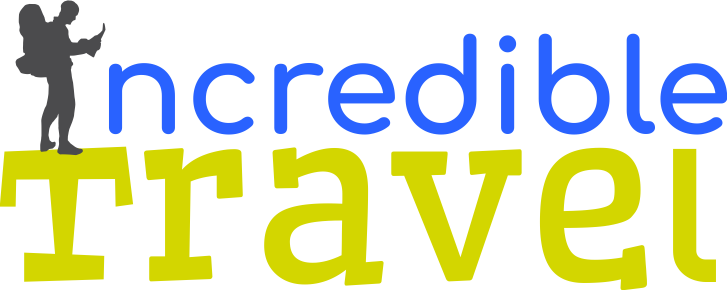We do not know with certainty what its own speakers called it – perhaps jaqui aru, “language of the people” -, nor do we know the origin of the name it currently bears: Aymara. The person who first mentions this word is the lawyer Juan Polo de Ondegardo, and only in 1559. Since then it appears increasingly in the chronicles and reports, although with a meaning that was not yet the current one.
Indeed, during most of the 16th century, Aymara was used in the Altiplano to refer to the indigenous person capable of paying a “normal” contribution, distinguishing him from the aurochs, that is, the one who, due to his helplessness, only paid a fraction Later, it will designate the language that said Indians spoke, and they will begin to call their language that way.
The Jesuits who arrived at Collao early thought that Aymara was just a variant of Quechua. Bernabé Cobo, for example, affirms that the two languages “have such similarity in terms and construction, that anyone who knew how little I of them could not deny that they both originated from the beginning.” The most recent linguistic studies, however, clearly distinguish them, because, although their contact has been very fluid, the Aymara trunk is different, and rather common with Jacaru and Cauqui, languages currently in extinction and spoken in the central sierra.
At the end of the 16th century, Aymara was speaking in the Peruvian -Bolivian highlands, in the provinces of Cangallo and Victor Fajardo, in much of the departments of Cusco and Apurimac, and in the northeast of Arequipa. Despite the extensiveness of this territory, at that time it was already in decline, because, in reality, a few centuries earlier it had been a Pan-Andean language with a wide presence in central Peru. It is even probable that the Incas spoke it when they arrived in Cusco, and that it was the mysterious “secret language” of the royal panacas mentioned by the Inca Garcilaso. Today it has been reduced to the department of Puno and a few areas of Tacna and Moquegua, and its speakers in Peru are estimated at less than 400,000.
According to the prestigious linguist Alfredo de Torero, the original location of the Aymara was the coast from Cañete to Acarí. Towards the IX century, it would have reached Cusco and Arequipa and penetrating the highlands only in the XIII century. Still in the mountains of Lima there are some speakers of Cuaqui and Jacuru, their sister languages, as testimony to the expansion of this linguistic family that some specialists call Aru.
Aymara is an agglutinating language, that is, it builds its words using roots and suffixes. It has more than two hundred of the latter, which, combined with the roots of verbs, could theoretically give rise to almost four hundred million different verb forms. Like other indigenous languages, it has suffered greatly from the dominant position of Spanish and, before that, Quechua. However, it has managed to resist, and one of its virtues, its grammar much more regular than those of other languages, a characteristic already observed by the chroniclers of the 16th century, seems to have opened an unprecedented field of application. Such, at least, is the proposal of Iván Guzmán Rojas, a Bolivian scientist who has created a computerized translation system that uses Aymara as a bridge language. Currently this language uses a phonemic alphabet with 26 consonants and 3 vowels, which in Peru has been made official by ministerial resolution No. 1218-85-ED, of November 18, 1985.
The first missionaries used Aymara as a vehicle for evangelization and consequently studied it. Thus the Jesuit Ludovico Betonio wrote at the end of the 16th century, while he was living in Juli, s brief art of the Aymara language (Rome, 1603), the first grammar of this language, and then a Vocabulary of the Aymara language (1612), in two volumes. In our time, prominent linguists such as Marta J. Hardman, Rodolfo Cerrón or Alfredo Torero have continued research, not only on the grammatical aspects of this language, but also on its affiliation and expansion process.

